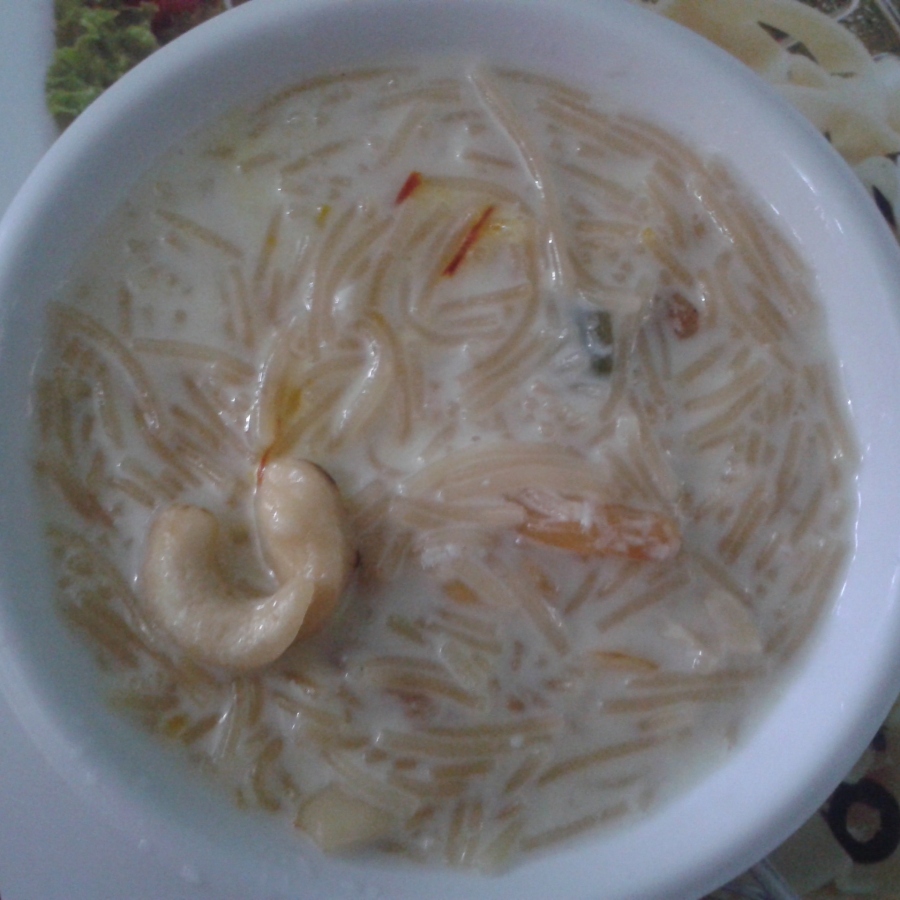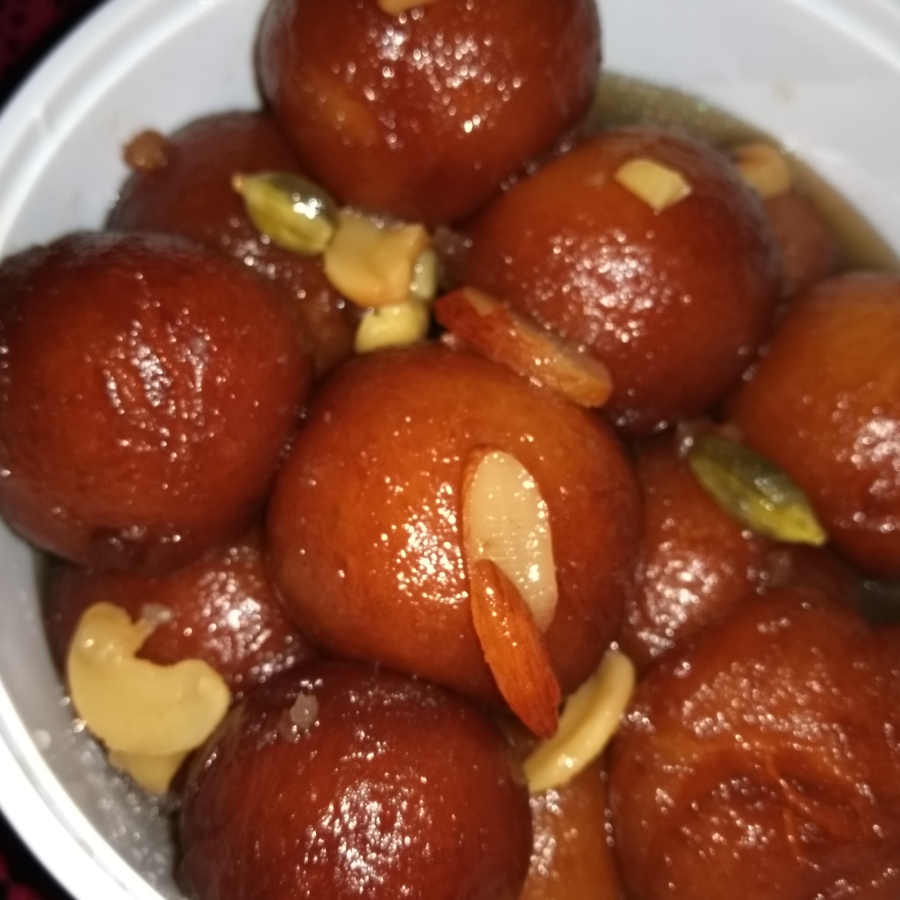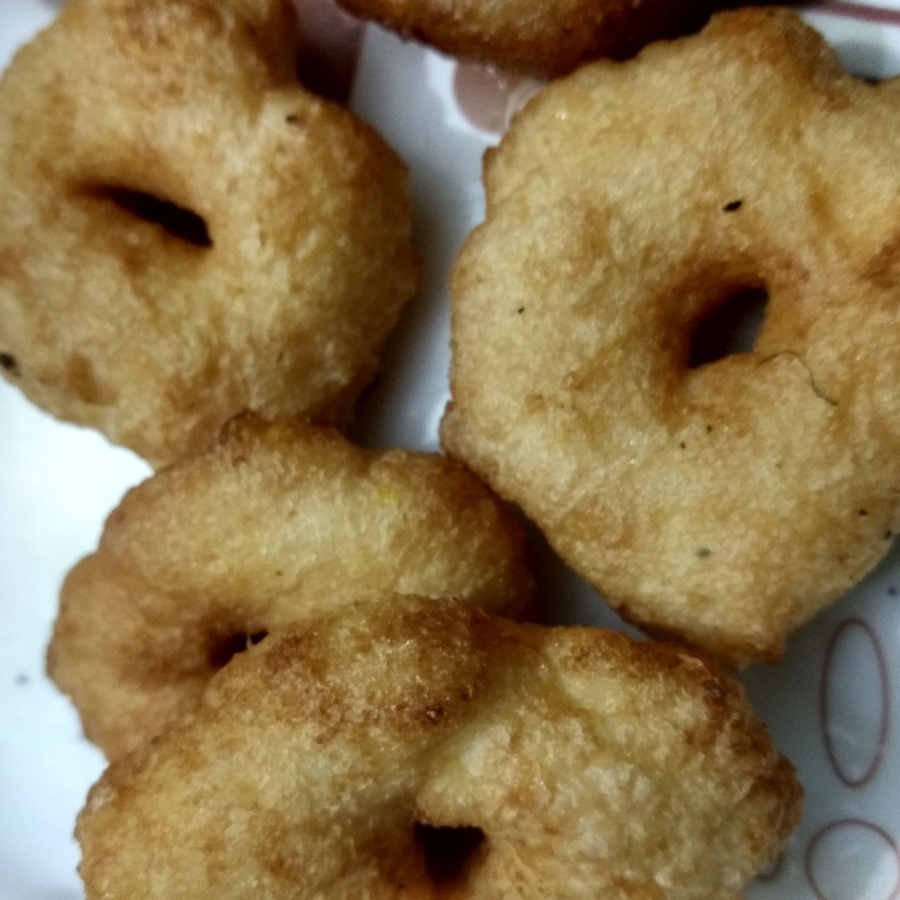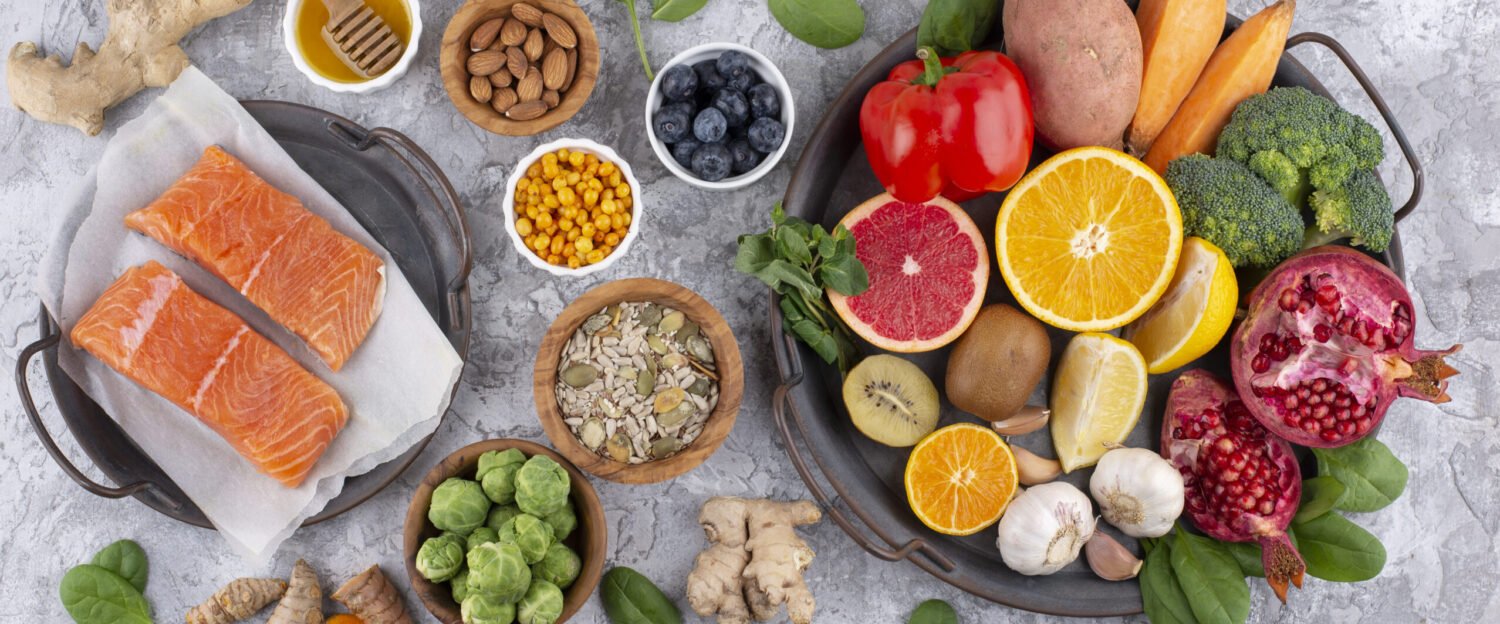Table of Contents
Introduction:
Navratri, a nine-night festival dedicated to the goddess Durga, is a time of fervent devotion, spiritual reflection, and vibrant celebration for millions of devotees worldwide. Navratri recipes holds a special place in the hearts of devotees, symbolizing the goddess’s benevolence and protection. Prepared with meticulous care and offered with deep reverence, it becomes a conduit for devotees to express their gratitude and seek blessings for their well-being. In this article, we will explore the significance of Navratri Recipes, the traditional recipes that grace the festive platter, and the profound spiritual experience that comes with partaking in this blessed feast. Join us on a journey of devotion and culinary delight as we delve into the world of Navratri recipes.
Central to this observance is the offering of prasadam, a sacred food imbued with spiritual significance. Prasadam, derived from the Sanskrit words “pra” (meaning ‘first’) and “sada” (meaning ‘always’), signifies the divine blessings bestowed by the deity upon their devotees. It is believed that prasadam carries the divine energy of the deity and is thus consumed as an act of spiritual communion.
Special 9days Navratri Recipes Prasadam/ Bhog/ Naivedyam :
The Divine Journey of Navratri: Celebrating the Nine Forms of Goddess Durga :-
Navratri, a 9days celebration dedicated to the formidable Goddess Durga, is a period of profound spiritual significance and vibrant festivities for millions of devotees worldwide. Each day of Navratri is dedicated to honoring a different form of the goddess, each representing unique virtues and powers. Each form carries unique symbolism and attributes.
During these nine sacred nights, devotees immerse themselves in prayers, rituals, and celebrations, drawing inspiration from each form of the goddess. It’s a time of spiritual awakening, reflection, and a celebration of the divine feminine energy that permeates the universe.
Here are some of the favorite forms of the goddess and associated colors for each day :
- Day 1 – Shailaputri : On the inaugural day of Navratri, we venerate Shailaputri, the first form of Goddess Durga.
- Vehicle/Vahanam : Riding a bull (Nandi) and wielding a trident.
- Color : The color that adorns her is resplendent Orange, echoing her fierce and invincible nature.
- Symbolises :She is associated with the mountains, symbolizes the essence of strength and determination,
- Naivedyam/bhog/prasadam: Navratri recipes-The bhog offered to durga is recipes made with ghee, chickpeas and Sweet boondi
- Day 2 – Brahmacharini : Brahmacharini, the second form, embodies serenity and tranquility.
- Vehicle/Vahanam – Rides a lion carrying a rosary and a water utensil.
- Color : She is adorned in the regal hue of White.
- Symbolises: Devotees seek her blessings for peace and inner harmony. Signifying fearlessness, courage, and nobility.
- Naivedyam/bhog/prasadam : Navratri recipes – Rava kesari and pulihora are offered to god.
- Day 3 – Chandraghanta : The third day pays homage to Chandraghanta, a form adorned with a bell-shaped moon on her forehead.
- Vehicle/Vahanam: Chandraghanta is associated with riding a tiger.
- Color : Her aura is bathed in the warm glow of Red.
- Symbolises: Devotees turn to her for courage and protection. Signifying grace and fortitude.
- Naivedyam/bhog/prasadam: Navratri recipes- Pongal
- Day 4 – Kushmanda : Kushmanda, the creator of the universe, radiates with the vibrant energy of green. Her smile is said to have birthed existence.
- Color: Her Royal Blue garb represents growth, vitality, and the boundless potential of creation.
- Symbolizes: Symbolizing the strength and power required for creation.
- Vehicle/Vahanam: Kushmanda, the creator of the universe, rides a lion.
- Naivedyam/bhog/prasadam: Navratri recipes – Ksheerannam/Jaggery rice
- Day 5 – Skanda Mata: Skanda Mata, the nurturing mother of Lord Kartikeya
- Vehicle/Vahana: The mother of Lord Kartikeya, rides a lion
- Color: Envelops herself in shades of graceful yellow
- Symbolizes: Representing maternal love, protection, and courage. Her embrace exudes love and maternal tenderness. Devotees seek her blessings for familial harmony and protection.
- Naivedyam/bhog/prasadam : Navratri recipes- Kheer, chalividi, vadapappu
- Day 6 – Katyayani : On the sixth day, we honor Katyayani, the embodiment of fearlessness and valor.
- Vehicle/Vahanam: Katyayani, a fierce form, is associated with a lion.
- Symbolizes: Highlighting her courageous and warrior-like attributes. Symbolizing strength and determination.
- Color: She shines in the fiery hue of Green
- Naivedyam/bhog/prasadam: Navratri recipes-atukulu(poha) bellam(jaggery)
- Day 7 – Kaalratri : The seventh day introduces us to Kaalratri, the fierce and potent aspect of Durga.
- Vehicle/Vahanam: Kaalratri, the fierce and destructive form, rides a donkey.
- Color: She exudes an aura of pure Grey
- Symbolizes: Signifying humility and the ability to overcome darkness.representing purity and the overwhelming force of time. Devotees seek her blessings for liberation from negativity.
- Naivedyam/bhog/prasadam:Navratri recipes-pulihora
- Day 8 – Mahagauri : Mahagauri, the epitome of compassion and purity, graces us on the eighth day.
- Vehicle/Vahanam : Mahagauri, representing purity and serenity, is associated with riding a bull.
- Color: Her presence is wrapped in gentle purple
- Symbolizes : Representing purity and serenity, symbolizing grace and benevolence
- Naivedyam/bhog/prasadam : Navratri recipes – Garelu/vada
- Day 9 – Siddhidatri : Siddhidatri, the ninth and final form, represents spiritual accomplishments.
- Vehicle/Vahanam : Siddhidatri, the ninth form, rides a lion.
- Color: Her serene presence is enveloped in the calming shade of Peacock Green.
- Symbolizes : Symbolizing strength, power, and the ability to grant spiritual accomplishments. Signifying divine wisdom and enlightenment.
- Naivedyam/bhog/prasadam : Navratri recipes- chakari pongal
Note: Every year the color symbolizes changes itseems.
Navaratri Special Recipes:



Conclusion:
These nine forms collectively represent the various aspects of the divine feminine energy, each carrying its own unique attributes and symbolism. Worshipping these forms during Navratri is a way to seek blessings and connect with the multifaceted power of Goddess Durga. These colors are believed to resonate with the specific energies and attributes of each form of Goddess Durga. Devotees wear clothes of these colors, decorate their homes and puja spaces accordingly, and even prepare dishes that reflect the chosen color of the day.
These vehicles are not only symbolic but also hold deep spiritual significance in the worship of Goddess Durga during Navratri and other auspicious occasions. They embody the diverse attributes and powers that each form of the goddess embodies.
The intent behind the offering is more significant than the specific food item. Devotees offer these foods with love, devotion, and a pure heart, seeking the blessings and grace of the goddess. The food is considered prasadam, meaning it is blessed by the goddess and then distributed among devotees as a blessed gift.
